How Can Braided Styles Not Be Rough On Edges?
Listen, sis, I love braids just as much as the next girl, but I also like being able to wear ponytails, a silk press, my fro, and having fleeky edges! However, do not believe the myth that all braids yank out the perimeter of your hair.
There are plenty of ways to rock braids in different braided styles and still maintain your hair.
When Protective Styles No Longer Protect Your Hair
What happens when protective styles do more damage than good? Simple, it's time to let it go!
Protective styling is only protective when they are not yanking on your edges, causing your scalp to be dry and bumpy, or causing over manipulation. If you are experiencing stress on your hair follicles that results in thinning or hair loss, it's time to change how you do protective braided styles!
Five Braided Styles That Are Not Hard on The Edges
1. Traditional Corn Rows Or Feed-ins
Traditional cornrows, lemonade braids, or feed-ins are basic cornrows braided with a cross-stitch in varying directions and patterns. Feed-in braids do not start right at the perimeter of the hair but about an inch or so backward, placing less strain on the already fragile hairline.
Don't worry if you aren't a cornrow kind of person; there are so many ways to spice this style up! You can have these braids going up into a ponytail, half up and half down, a or a mixture of small and large twists! One of my favorites is to get cornrows in the front with individuals in the back.
This way, you're able to have less pull on your edges coupled with the variety in the back for free-flowing braids, a bun, or a ponytailed look.
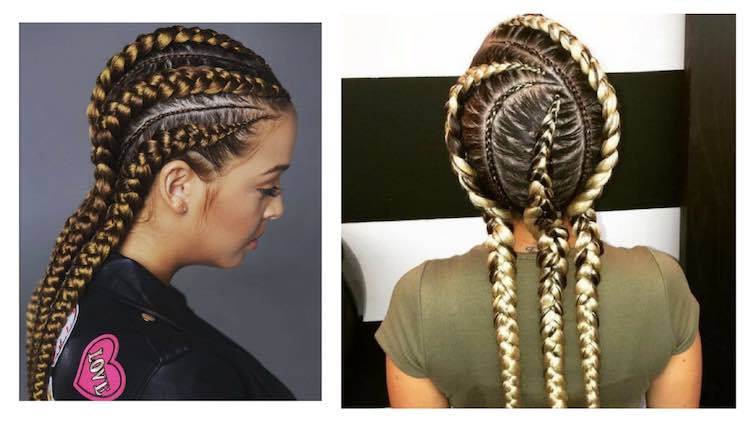
2. Crotchet Hairstyles
Crochet styles are made by braiding the hair in cornrows and adding free-flowing hair using a crochet loop.
A crotchet style is easy on the edges because usually the sides aren't pulled on heavily nor bogged down by the crotchet hair. Crochet hair is also super lightweight. However, be careful when taking this style down; crochet hair can become easily tangled and more difficult to pull apart or maintain.

3. Havana Twist
Havana twists are chunky and shorter Senegalese twist and pose less stress on the hair because they are shorter. In addition, the Havana twist does not start off with a knot or tightly braided base; so the hair around your perimeter is lightly twisted into the finished product.
4. Halo Braid
Halo braids made with your hair or one pack of jumbo braiding hair.
Typically this style is achieved by adding oil and gel to the hair to create a neater mold and then a braid wrapped around the head. The halo braid doesn't pull on edges because the rest of the hair does the legwork, the edges are mostly there for decoration.
Additionally, the halo braid isn't tight because the braid is big, spread out, and made with lightweight braiding hair.
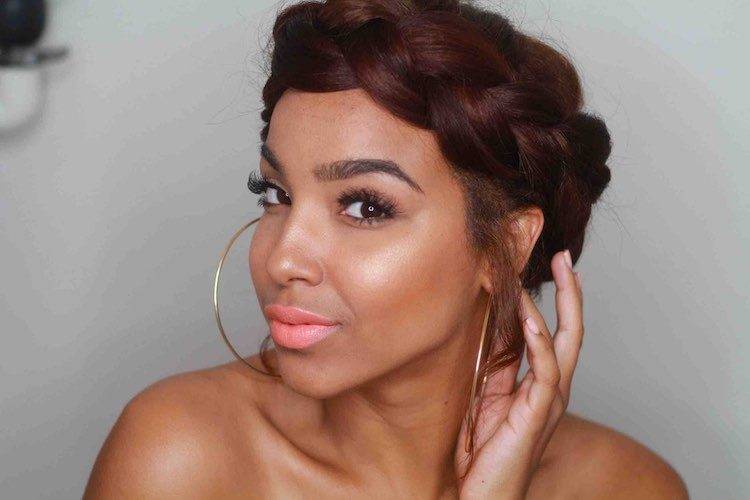
5. Tweak The Way Any of Your Braided Styles Are Done
All styles, except allowing your hair to flow naturally, will place a strain on your edges, and the added tension from braided styles is no exception. Consequently, that's why it is essential to adjust the way you do braids and protective styling so that your edges are not getting beat up in the process.
Say it with me "If It Isn't There, Don't Braid It!"
Many braiders will force your hair into tight braids, or part another strand of hair for an individual that is barely holding on itself!
The importance of speaking up for your hair while you're in the chair is beyond explanation. So tell your stylist, 'if it isn't there, don't braid it,' and stick by your words!
Many braiders will snatch up any hair they see, and although stylists do not intentionally break off your hair, they must make your hair look sleek and snatched despite thinner hair spots or discrepancies, but hair health is more important. For women with spots on their edges or thinning edges, advise your braider to start at the most substantial part of your hair closest to the perimeter of your hair.
Once finished, go back in and slick down those thinner flyaways.
Avoid Extra Edge Control!
Do not overdo it with the edge control while your hair is braided.
I know; I'm basically telling you to allow your hair texture to shine through and wing it. Because adding a thick, waxy edge control every other day to your edges will cause severe product buildup, it will make those braids dirtier and make the hair on the sides clump together and become dense with the product.
This can contribute to hair loss. Too much edge control will not do you or your edges any justice.
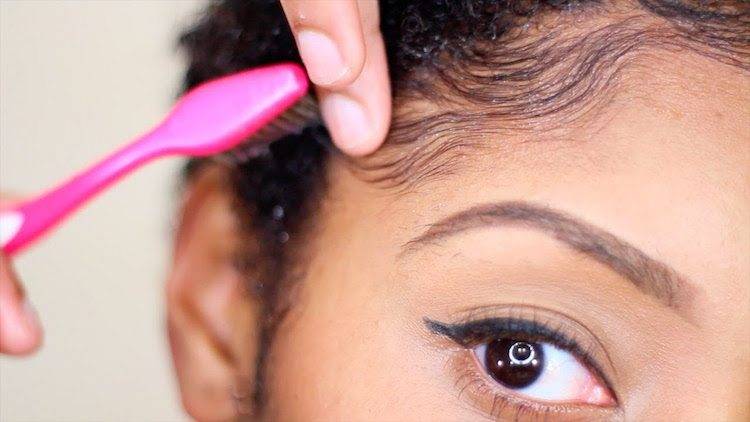
Remember The Words 'Low Manipulation'
You may think by having braids, and your style is automatically a low manipulation style that can quickly be yanked back from under you if tugged.
From personal experience, I know that manipulating your braids too much can cause your hair that is exposed at the root to twist and thin out. Too much twisting coupled with a braid attached to a thinner strand of hair is begging for a bald spot.
Get The Right Size
Getting the right sized braid is just as important as what kind of style you have.
If you have shorter or thinner hair, getting jumbo poetics or micros could be detrimental to your hair health. Larger braids will be too heavy for your hair to hold up; while smaller twists are susceptible to excessive pulling. The same is true for corn-row styles; smaller braids will pull tightly on your edges and make taking the style down tricky.
For thinner hair, medium-sized braids are often the best option.
Braids and Edges
Contrary to popular belief, edges, and braided styles do not have to be mortal enemies. Monitoring how tight your braids are, being mindful of the products added to your hair, and finding the right style and size of braids or twists can allow you to have a flawless style and full edges.
Properly preparing your natural hair for braided styles is a key factor in maintaining the health of your hair and growing edges. All great things are built off of a strong foundation. Ensuring that your hair and scalp is well moisturized with products that work best for you, will act as a protective barrier from the braids. If you are already experiencing breakage, it is best to do hair and scalp treatments before installing more braids, as well as in between services.
Comment below if this was helpful and made you more confident about trying new braid styles.

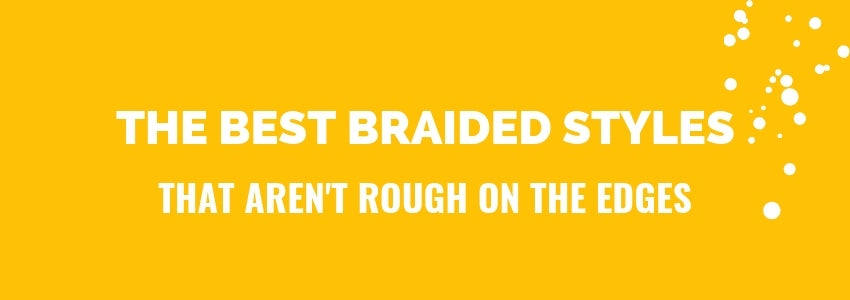
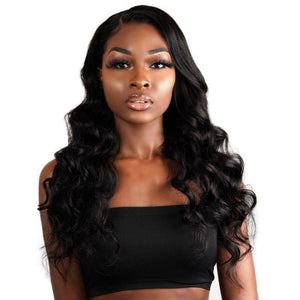
3 comments
My hair seem to be thinning in the top of my head a itches a lot what product should I use for that problem?
This article was very helpful as I was contemplating whether or not to cancel scheduled braiding appointment
We’ll written. Answered all of my edge and braid concerns on one article. The information was extremely helpful. It supported my concerns about choice of style, braid, and how to protect my hair/edges. As well as speak up for my hair while in the chair. Hey, that’s catchy! 😊Feel free to use it. Grateful for your info. Blessings to you and yours.